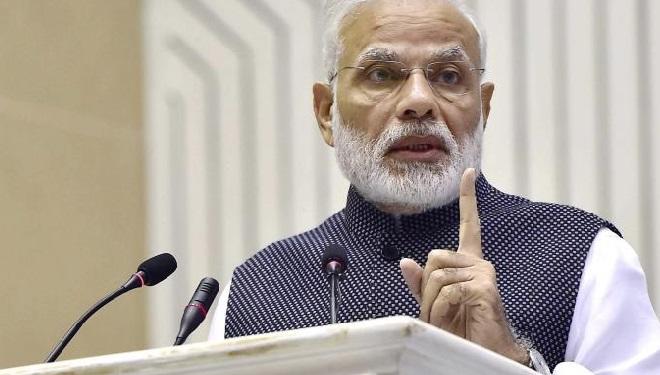For decades, Indians had been used to live with ‘delays’. The government projects could not be completed without years of delay and corruption. Sometimes a project started by X government could not be completed in its tenure and when the Y government came to power, the project used to get scrapped because the newly elected government wanted to divert fund to some other work.
As former Prime Minister of India Rajiv Gandhi famously said that if the government spends 100 rupees, only 15 reaches the intended target. Therefore, corruption and delay were synonymous with government projects.
However, since the Modi government came to power, lethargy in government projects has started coming down. Now many projects get completed on time and some even before the target. The first example of this was set by Nitin Gadkari when his ministry completed the Delhi Meerut highway in just 14 months while the allotted time for the project was 30 months.
Piyush Goyal-led railway ministry also completed many tasks before the deadline period. The government also crossed the divestment targets in the last two financial years. These are fundamental changes in Modi’s India or New India.
In other good news, the banking sector has been able to clean up Nonperforming Assets faster than RBI’s estimate. In its half-yearly financial stability report in December 2018, RBI had estimated that the NPAs would come down to 10.3 percent in March 2018 from 10.8 percent in September. But according to the estimate by Crisil, the NPAs have come down to 9.3 percent as of March 2019. This is a massive decline if compared to 11.5 percent of March 2018, a 2.3 percent. This is 1.5 percent or one-tenth more than the target set by RBI.
This is the first time in the last four fiscal years since March 2015 when NPAs has declined. The Asset Quality Review, which forced the banks to declare NPAs transparently, was implemented by RBI in December 2015. “In a sign of possible recovery from the impaired asset load, the gross NPA ratio of both public and private sector banks showed a half-yearly decline, for the first time since March 2015, the financial year prior to the launch of asset quality review by the RBI,” said the Crisil report.
Indian economy is all set to grow at a swift pace. The ‘twin balance sheet’ problem, identified as the major reason behind low economic growth in the Economic Survey is almost over. The banks in the country could not lend due to capital shortage and companies did not apply for loans because they were not able to pay back the money borrowed earlier. This was termed as ‘twin balance sheet (TBS)’ problem by the former chief economic advisor, Arvind Subramanian in Economic Survey.
The revival of credit after NPA recovery and bank recapitalization will spur economic growth. Modi government was able to maintain economic growth superior to that of the UPA era despite unfavorable credit environment and turmoil in the global economy. As the domestic and international environment becomes supportive, the country might be able to reach double-digit GDP growth long envisioned by the policymakers.
The faster than the estimated recovery of NPA characterizes the working style of Modi government. It symbolizes that the ‘New India’ will not be lethargic like Nehruvian India and the projects will not be delayed due to bureaucratic hurdles.





























